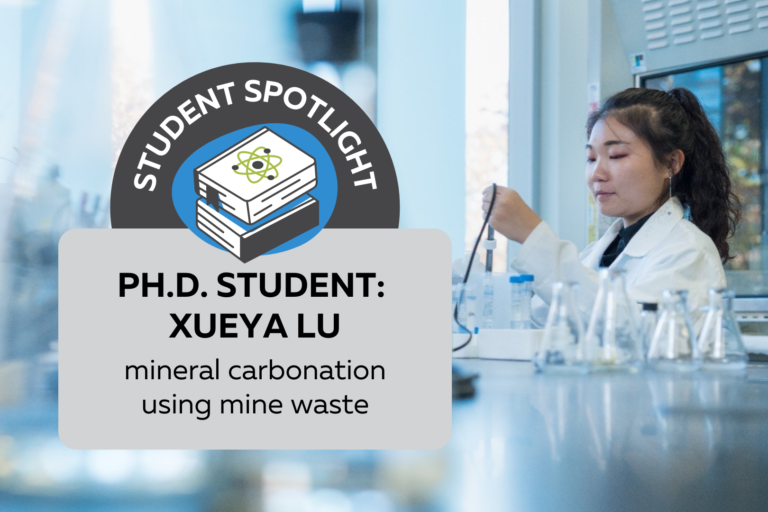What led you to study geoscience, and how did you start your Ph.D. research?
I came to Canada as an undergraduate student at the University of Toronto. I studied science to become a specialist in chemistry or physics. During my first-year of undergrad studies, I took my first geoscience courses and became interested in geochemistry and geophysics. Over my four years spent pursuing a degree in geological science, I was very active in studying and interacting with professors and graduate students in the department. With the help and advice from my professors and my peers, I participated in multiple research projects and experiences that span geophysics, environmental science, atmospheric science, and geochemistry.
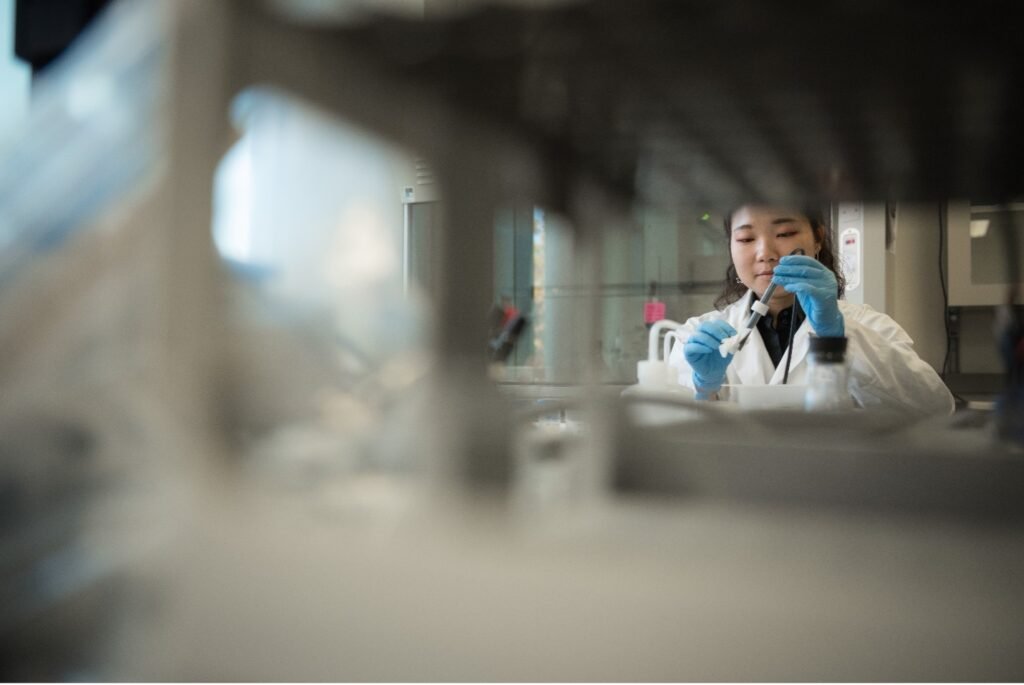
Firstly, in 2014, I applied to a collaborative research project between the U of T and the Ontario Police Department under the recommendation of my geophysics professor. He was a great mentor that provided me with technical training and exposed me to the world of academic research. Through this project, I learned how to code geophysical models in MATLAB and analyze and determine the capability of various geophysical instruments to detect underground activities and objects. Secondly, after being amazed by the power of research, I applied and received another department research scholarship in 2015 that was dedicated to conducting field research and investigating the application of the NASA Mars Rover mission high-resolution gigapixel technology for geological outcrop imagery. Thirdly, from 2016 to 2017, I applied to work with my first supervisor on an undergraduate thesis project focusing on understanding how sulphur relates to the formation of gold in a high-pressure environment. Through performing high-pressure and high-temperature experiments in the lab, I was able to map out a pressure gradient for the partitioning of sulphur between iron-free silicate melts, melted silicate rock with no iron(Fe), and magmatic volatiles (which is a fancy word for describing dissolved gases within the magma). This research contributed to understanding a type of gold deposit formation called the hydrothermal gold deposit.
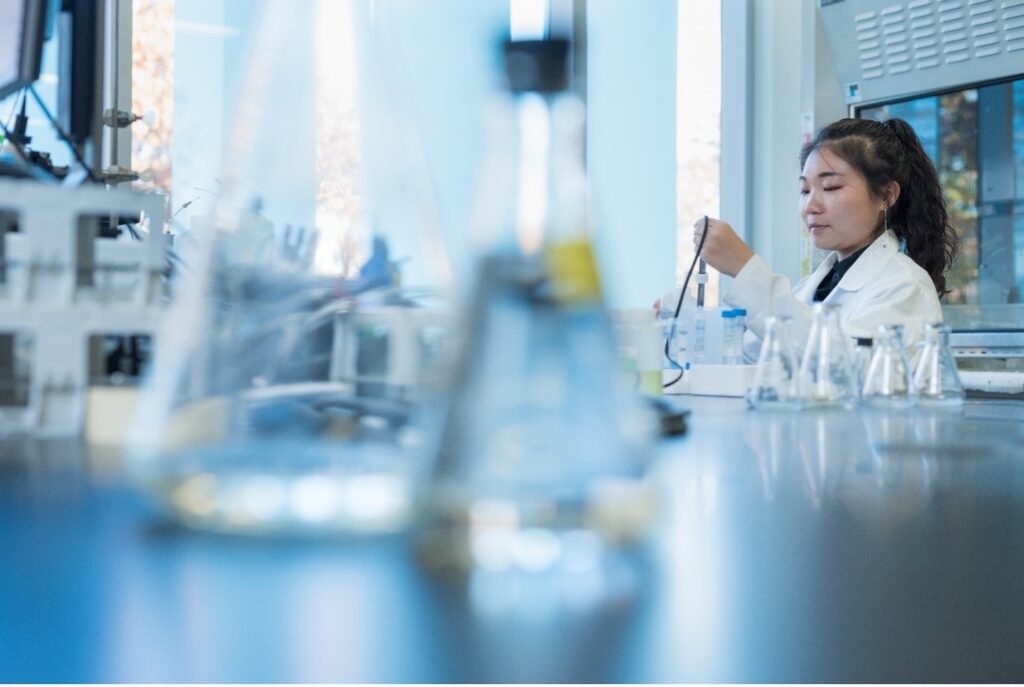
With these valuable research experiences, I gained great personal and professional growth as a researcher, scientist, collaborator and leader. More importantly, I found that I started to develop a strong appreciation for multidisciplinary scientific approaches and developed a strong interest in energy-related topics, such as renewable energy, global climate change, and carbon capture and sequestration. Mineral carbonation, a potential storage method that captures and stores the excess CO2 in the atmosphere to help mitigate climate change, caught my attention. Mineral carbonation involves the formation of stable carbonate minerals such as calcite through the reaction of CO2 gas with naturally occurring oxide minerals or silicate minerals that are high in magnesium (Mg), iron (Fe), and calcium (Ca). In recent years, mineral carbonation is gaining more and more popularity because passive carbon capture and storage are efficient ways to reduce carbon emissions and mitigate the greenhouse effect.
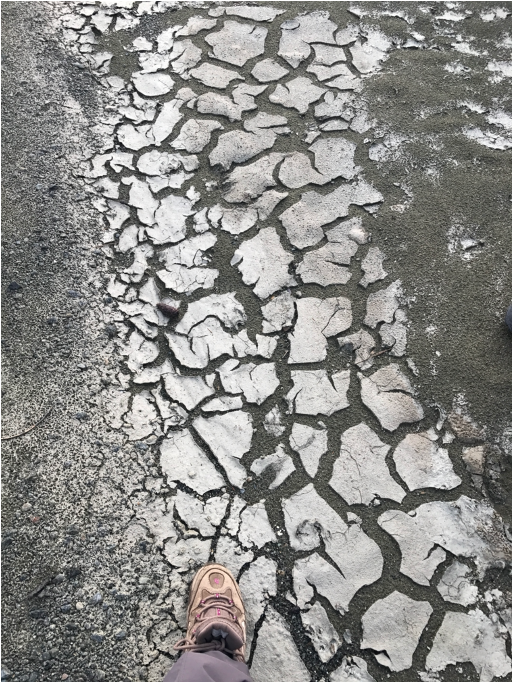
What are you currently studying?
I study CCS (carbon capture storage) and DAC (direct air capture) as part of a carbon research lab. My research is more focused on the CCS part, where I investigate the applicability of carbon capture and storage in areas previously not considered feasible. Some similar research examples include storing CO2 in unique geological structures (e.g., oil and gas fields, coal seams and deep brine reservoirs). In my work, I look at the potential of capturing and storing CO2 from industrial wastes such as mine tailings. Using mine wastes for carbon capture and storing helps decrease the carbon footprint of mining activities and generates co-benefits for mine operations, including dust mitigation, tailings stabilization, and toxic metal encapsulation.
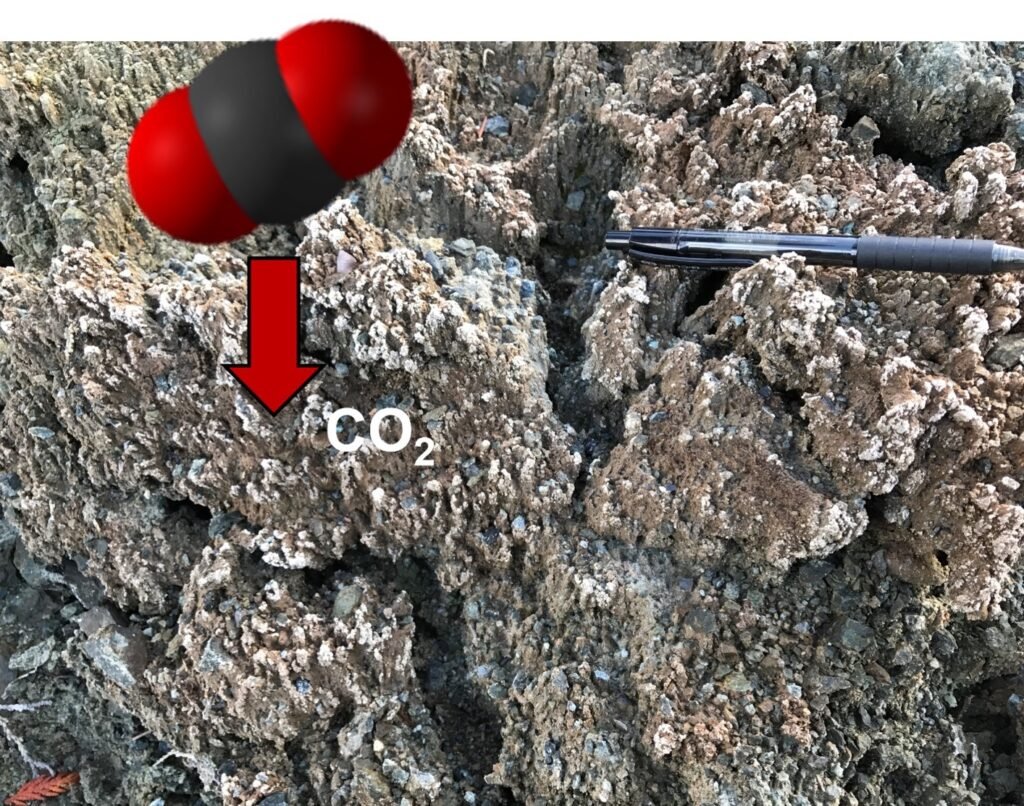
Currently, I am in the second year of my Ph.D., continuing my studies in mineral carbonation using mine wastes. I am focusing on advancing the experimental methods and numerical modelling techniques for testing mine wastes’ reactivity with atmospheric CO2 for mineral carbonation. I am aware that regulations and policies primarily determine the industrial motivations towards waste management. The province of British Columbia, Canada, has been taking the lead in imposing a provincial carbon tax, which generated lots of potential and opportunities to deploy projects involving CCS. In this context, I am sincerely motivated to expand my vision from technological and scientific research to the interdisciplinary interface of science and industrial application.
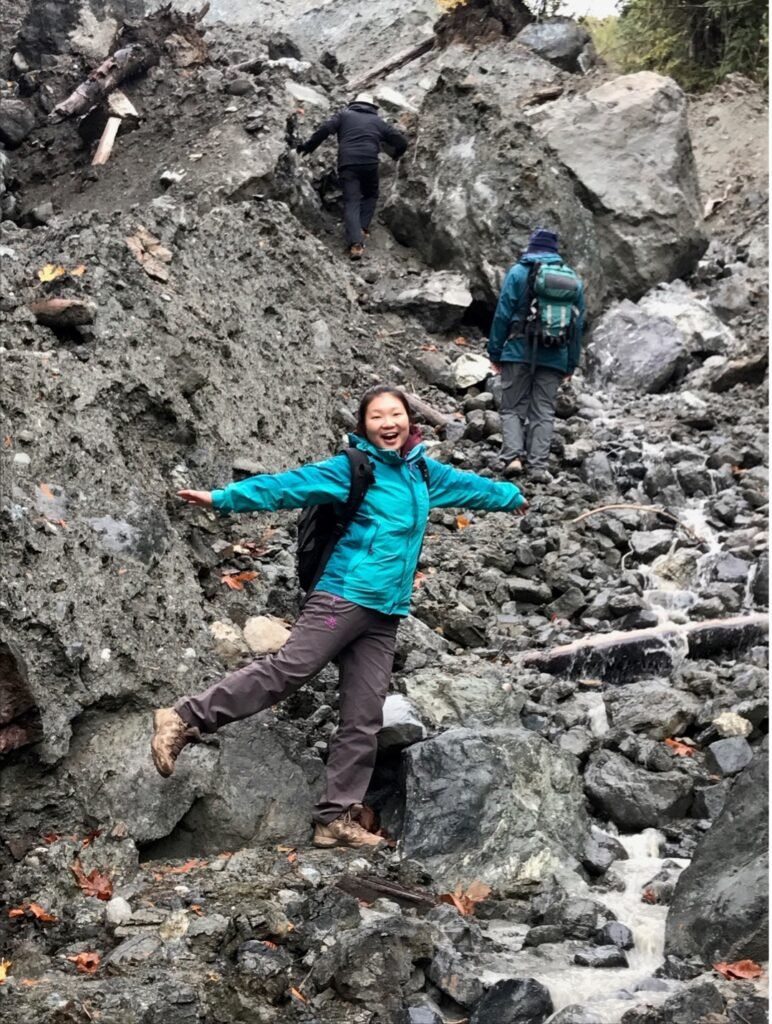
What do you hope to do in the future?
With the increasing popularity and awareness of research in carbon capture and mitigating climate change, I am very hopeful about opportunities ahead of me. Over the next 2-3 years, I would like to graduate and complete my Ph.D. studies successfully. I hope the outcome from my Ph.D. research will contribute both to the basic science and the application of using mine wastes or any industrial wastes for mineral carbonation (capturing and storing CO2).
I want to continue working and learning about carbon capture and storage for future career plans. Specifically, I may work as a consultant or research development scientist investigating the social and economic practicality of implementing carbon capture technologies in the industry. I believe that the contribution of these technologies to climate change and reducing global carbon emissions can be significant. More importantly, it is exciting to see that some conventional industrial activities that generate lots of carbon emissions, such as mining, can be more sustainable and even valuable for helping with the current climate situation.
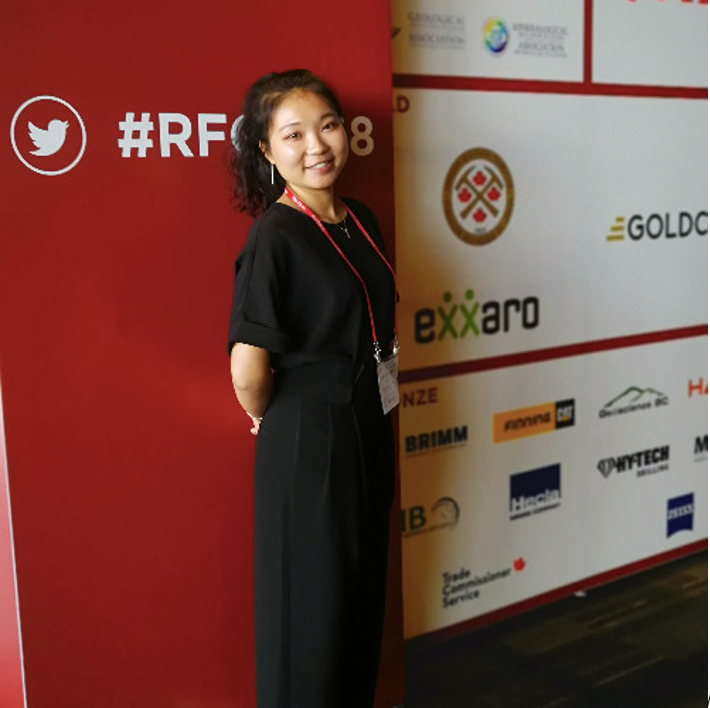
Xueya Lu is from western China, Xinjiang province. She came to Canada for undergraduate studies in 2013 and graduated from the University of Toronto with an Honour’s degree in Bachelor of Science, specializing in Geoscience with a minor in Economics in 2017. Xueya began her Master’s studies at the University of British Columbia in 2017. Her project focuses on characterizing the reactivity of ultramafic mine tailings for low-cost carbon capture utilization and storage. Upon completing her Master’s degree in 2017, Xueya has stayed on as a Ph.D. student continuing her research, focusing on mineral dissolution, mineral surface characterization, mineral carbonation geochemical modelling and computation. She is currently in her second year of Ph.D. studies and has presented in a number of academic conferences and has published in peer-reviewed journals.

